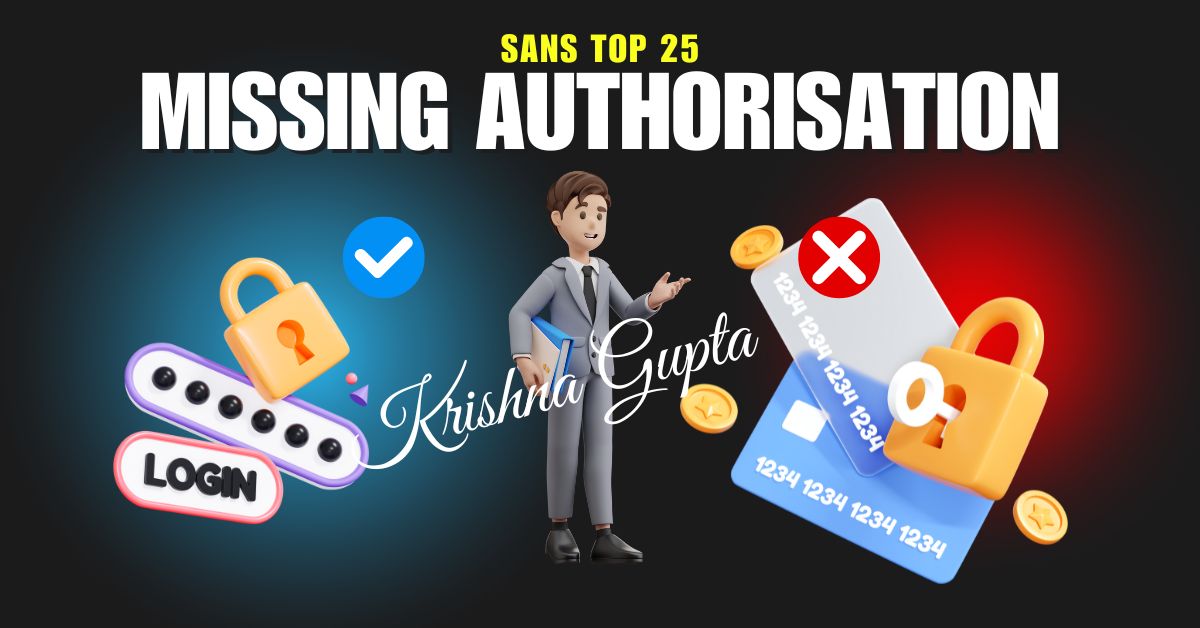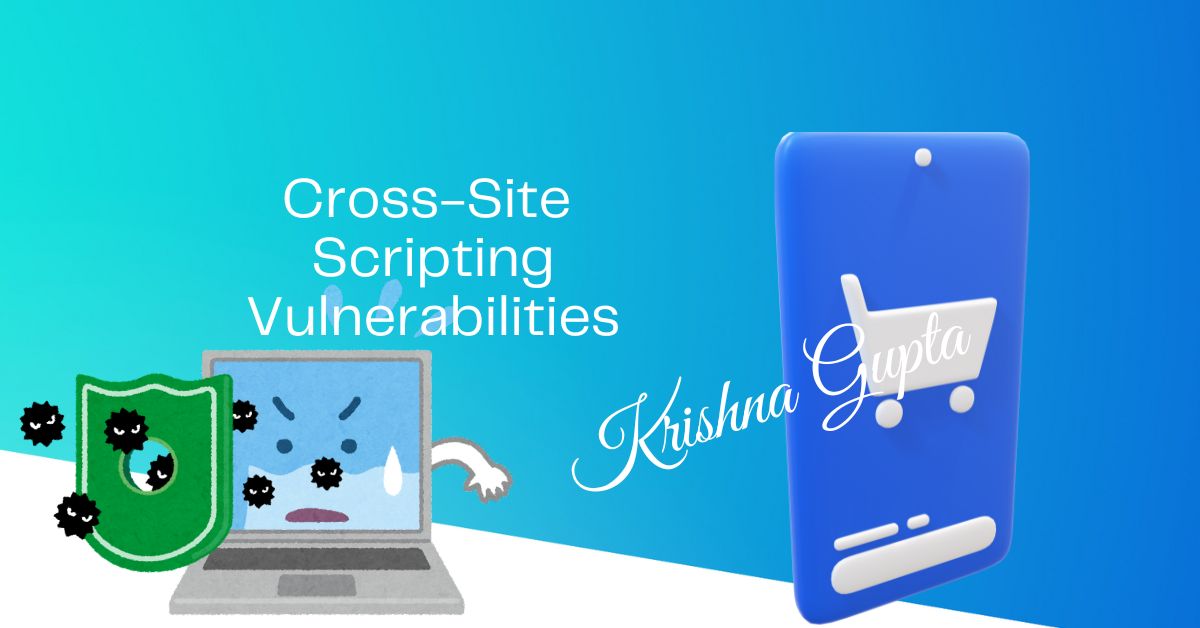2024 CWE Top 25 Most Dangerous Software Weaknesses: Missing Authorisation (CWE-862)
Missing Authorisation, identified by CWE-862, refers to a software weakness where an application fails to verify if a user is permitted to access specific resources or perform certain actions. While authentication establishes identity, authorisation ensures that the authenticated user has the necessary permissions. When authorisation is missing, attackers can exploit this oversight to access sensitive data, perform unauthorised transactions, or disrupt services.



